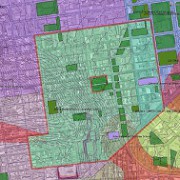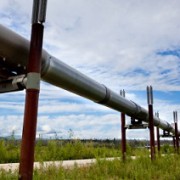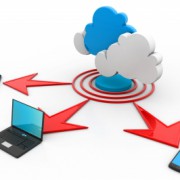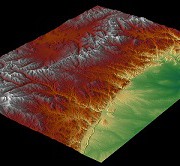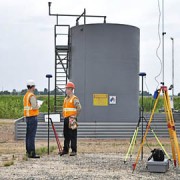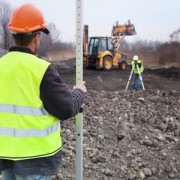How GIS Mapping Helps With Energy Project Management
 Advancements in GIS mapping help you make more intelligent decisions when it comes to managing your energy projects. GIS organizes geographic data, processes data from a variety of sources, and integrates that information into a map project. Interactive GIS maps allow users to change the nature of the information, scan the map in any direction and zoom in and out to get a more clear picture of the data. This post examines the different GIS applications and how they benefit construction projects.
Advancements in GIS mapping help you make more intelligent decisions when it comes to managing your energy projects. GIS organizes geographic data, processes data from a variety of sources, and integrates that information into a map project. Interactive GIS maps allow users to change the nature of the information, scan the map in any direction and zoom in and out to get a more clear picture of the data. This post examines the different GIS applications and how they benefit construction projects.
Increasing Understanding
GIS mapping is a practical system that brings data together from many sources. This facilitates better communication, breaking down the barriers between organizations and increasing understanding. The technology is becoming easier to use and more multidimensional, with better usability and data management.
Changing the Way We View Energy
There are a number of GIS applications that can improve the ways we deliver and produce energy and enhances the way we view our planet’s resources. Using GIS mapping, we can determine the best locations for wind farms, analyze terrain, create maps of the wind, locate the best power resource areas and visualize transmission lines.
GIS mapping can also be used to track the progress of solar installations, calculate the solar energy potential of building rooftops and present the information in a user-friendly format.
Using GIS mapping means analyzing every facet of the design and building process, tracking, maintaining and visualizing all systems and maintaining an enterprise geo-database throughout a building’s life cycle.
Affordable and Accessible
GIS mapping is a rich resource for information and data, but it does not carry a huge price tag. In fact, existing data from land surveying can easily be integrated into a GIS. Clients can access this information through an intuitive, easy-to-use online map.
GIS Applications Set the Standard
Advancements in GIS mapping have enabled us to manage data submissions from multiple parties. This means that not only do we collect field data, but we also establish standards by which other companies collect and submit data. Our centralized system gives our clients a universal location to access data and maps. It also gives clients peace of mind because they won’t have to worry about the consistency and integrity of data coming from other companies.
GIS mapping has proved to be an evolving, flexible technology capable of adapting as the ecosystem around it changes. The technology has embraced these changes, only becoming more valuable and powerful at each step in this evolution. These are just some of the reasons why GIS mapping is essential to overall project management and completing land surveying projects successfully. To learn more about our GIS mapping capabilities, contact us today!


